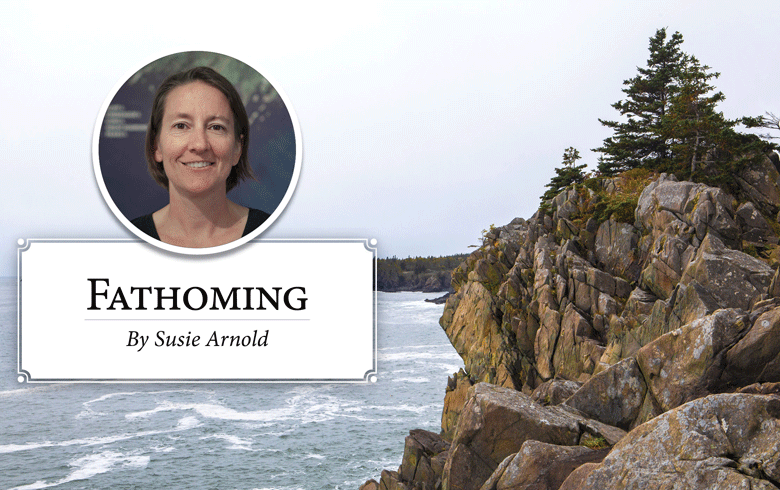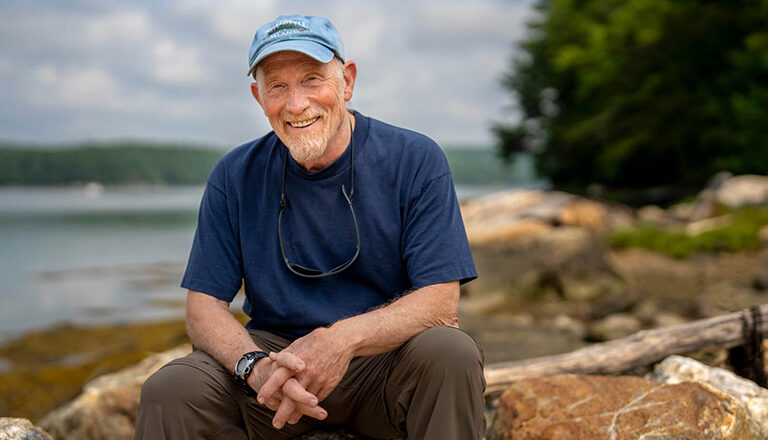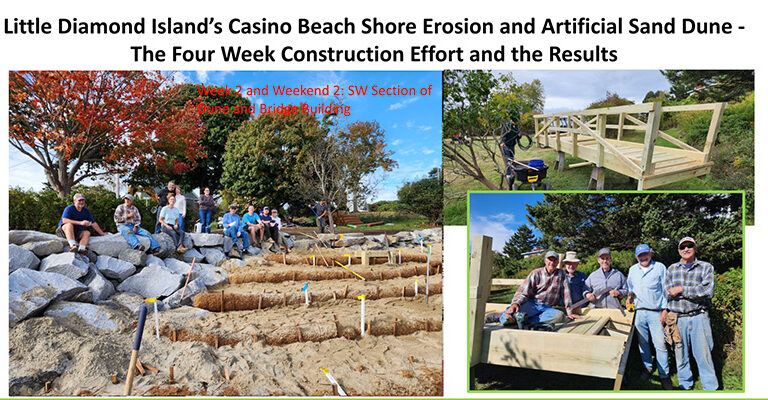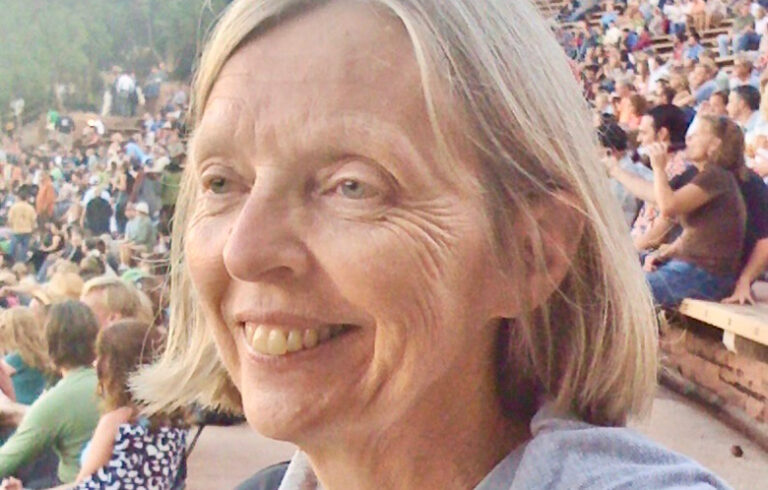Salty wells are not new to the Maine coast, but the problem is getting more attention in recent years.
All aquifers are impacted by fluctuations in precipitation, particularly the big annual swings we’ve had recently in Maine with the entire state experiencing drought conditions in the summer/fall of 2024, following Maine’s wettest summer on record in 2023.
I’ve yet to see data around the new spring 2025 phenomenon, called “It rains every Saturday,” but I imagine that has more impact on coastal morale than wells. And despite the variability in precipitation, aquifers along the coast are subject to salt water overtopping or intrusion, as sea levels rise.
I talked with Dr. Jessica Meeks, a hydrogeologist at the Maine Geological Survey, to better understand what coastal wells are facing and to learn about a new state groundwater well monitoring initiative.
In proximity to the coast, these interconnected fractures can be highways for intruding saltwater.
Given the complexity of the topic, it’s helpful to have a shared understanding of the terms.
Groundwater is the water that has infiltrated the land surface. The water table is the point at which the pore spaces in the ground become saturated. The water table goes up and down depending upon inputs (such as infiltrating rainwater) and withdraws (such as pumped well water).
An aquifer is a geologic formation (i.e. bedrock) capable of holding a usable and accessible volume of water. Maine has sand and gravel aquifers and bedrock aquifers, the latter more common along the coast. An aquifer is considered “significant” if can continually be pumped at a rate of 10 gallons per minute or more.
“Unlike Cape Cod, for instance,” says Meeks, “where you have sand and gravel aquifers that look like a sponge, where the entire ground is more uniformly saturated, most people in Maine get their water from the fractured bedrock.”
Precipitation refills these bedrock cracks and no two sites are alike. Some locations have many cracks while others have none. You may have many parallel cracks that are not well interconnected, or numerous intersecting cracks. The more interconnected the cracks, the more water can flow easily from one area to another.
But until you begin to drill a well, you won’t know the location and interconnection of the fractures. In proximity to the coast, these interconnected fractures can be highways for intruding saltwater.
The transition zone is the interface between the salt and freshwater beneath the aquifer. Salt water is more dense than fresh groundwater, and it intrudes into the bedrock, forming a saline wedge below the freshwater. This zone is influenced by precipitation, groundwater usage, tides, and now sea level rise.
Sea level rise exacerbates saltwater intrusion into some coastal wells because it causes the transition zone to migrate inland, but not in a geographically consistent manner. If you continue to draw on a well close to the transition zone, you can actually suck in the saline water contaminating your well.
Water conservation is a key strategy for mitigating saltwater intrusion, especially in densely populated areas where you may have interconnected systems. The town of Harpswell is pursuing this via community education efforts through its WaterWise Initiative. Mary Ann Nahf and Nancy West of the Harpswell Conservation Committee—fondly referred to as the Water Witches—are sharing tools for managing local water supply and demand.
“The Water Witches have set the bar on how to engage the community. It’s a template for other communities,” says Meeks, who stresses that each individual property owner needs to work on their own property to protect water supplies. Without knowing the intricacies of the bedrock cracks, Meeks notes that “What’s happening on your neighbor’s property may or may not impact what’s happening with your well. Conserving water is protective of periods of drought that will inevitably come, and with climate change, may stick around for longer.”
Maine Geological Survey is currently collecting data from coastal wells. If you have an unused well near the coast that is not being pumped, contact Dr. Jessica Meeks at Jessica.L.Meeks@maine.gov to learn how to participate.
Susie Arnold is the senior marine scientist at Island Institute, publisher of The Working Waterfront. She may be contacted at sarnold@islandinstitute.org.





